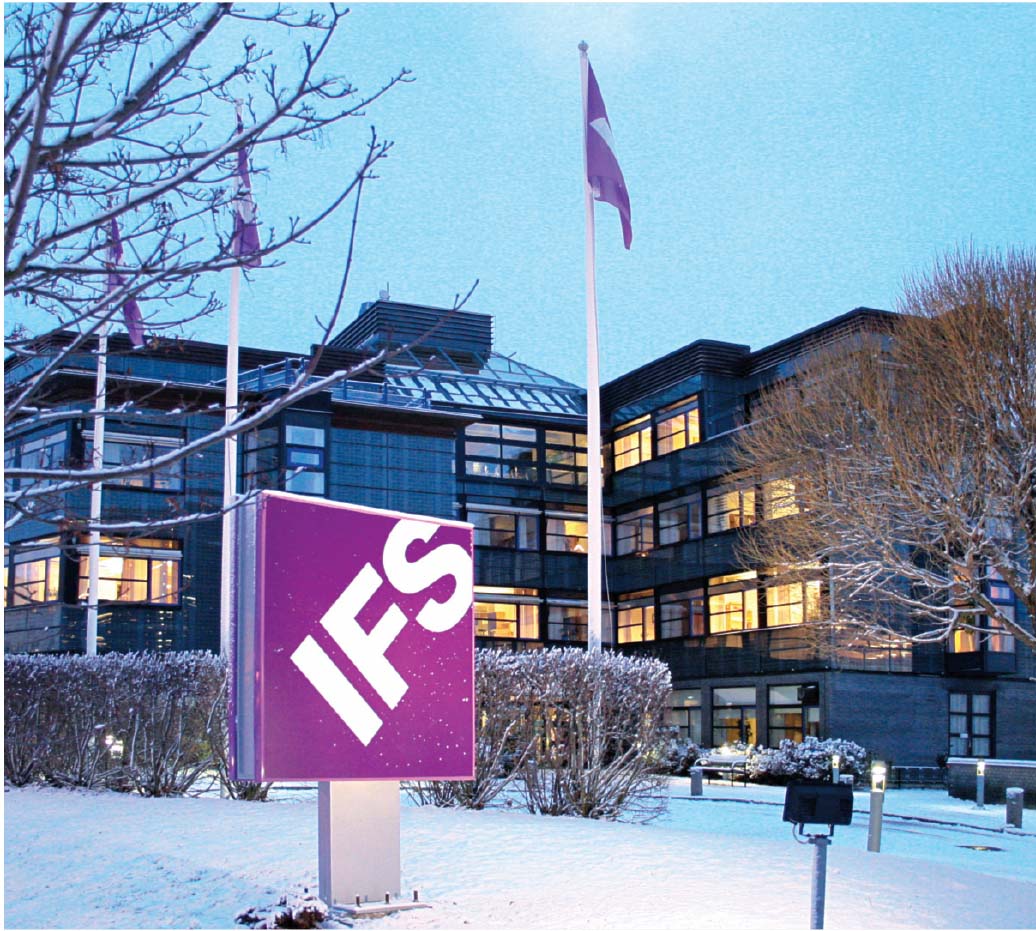IFS
Q: What factors came into play when IFS drew its latest blueprint?
A: Faced with uncertainties driven by the pressures of digital transformation and threats of disruption, businesses around the world are in need of software vendors primarily focussed on outcomes rather than exclusively on technology.
That is the philosophy behind our latest outcome centric approach and vision for how new technologies will be introduced into its core application architecture, to efficiently address customers’ unique work and industry needs.
Q: Could you elaborate on the layout for a new intelligent and autonomous enterprise solution?
A: The latest industry focussed architecture is scheduled for availability in 2020, and will be the new home for IFS’ portfolio of products across manufacturing, project management and service solutions.
This approach will allow customers to integrate enabling technologies such as IoT, augmented and mixed reality (AR/MR), AI and machine learning (ML) in pragmatic and focussed ways, so that they can optimise, automate, predict and interact better across their businesses.
We’ve been evolving this technology foundation over an intensive and sustained period of engineering development. This focussed work encompassed model driven declarative development,
the intuitive IFS Aurena user experience (UX) and native API enablement of the entire set of capabilities. These enhancements will enable us and our ecosystem to innovate at a quicker pace, and deliver new functionalities speedily.
The blueprint conceptualised by my team is underwritten by a fully operational plan to deliver an open and scalable architecture to customers with the right set of capabilities for their industries.
For IFS, this has always been about architecting a core for our applications that would be fundamentally open and enabled. We’re demonstrating that we are more than capable to deliver on the promise of a core with inbuilt choice, enabling customers to benefit faster and more easily from new and emerging technologies – i.e. in terms of their business needs and opportunities.
Q: Which particular facets of the blueprint were highlighted at the IFS World Conference 2019?
A: We previewed how these technologies will play out in reality. Our team covered three areas: digital twins and monitoring of assets; real-time predictive maintenance planning; and AR/MR powered remote assistance for service and maintenance scenarios.
Q: What is the philosophy behind the ‘evergreen’ approach?
A: By establishing an evergreen approach, we provide customers with the option to use the latest versions of applications without disruptions that accompany full-scale upgrades.
This also provides greater visibility, predictability, control and flexibility in planning their business development, and adopting new capabilities from IFS.
Q: How does the blueprint compare with those currently in the market?
A: Designed to ensure speed, elasticity and choice, the evolved architecture is built for both cloud and on-premise operations.
It uses container technology and Kubernetes, which enables running at hyper-scale in the cloud while ensuring portability across clouds and on-premise operations.
It will provide data management and readiness, which empowers customers to plug and play advanced technologies such as AI, ML and robotic process automation (RPA) with any solution set in IFS’ offering.





